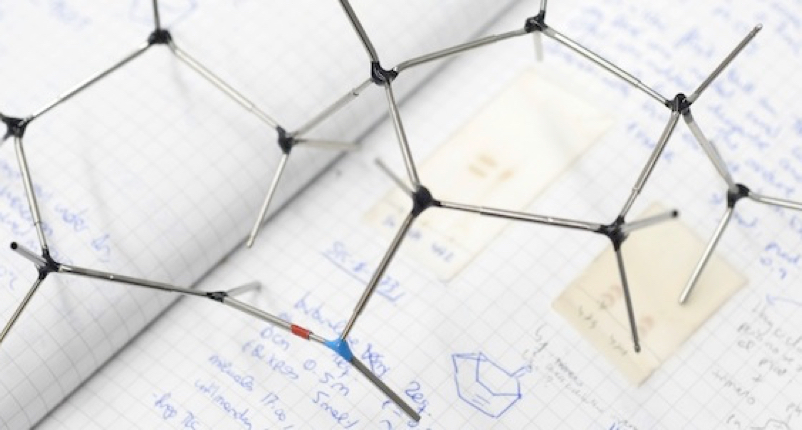Computational insights into metal-catalyzed asymmetric hydrogenation
Computational chemistry has made a significant contribution to the understanding of the mechanism of asymmetric hydrogenation by homogeneous transition metal catalysis, and its main contributions are discussed in this chapter. Both asymmetric hydrogenation and transfer hydrogenation catalysts are described. The computational methods for the characterization of enantioselective transition states are usually based on density functional theory, different functionals and their accuracies are discussed, as well as the basis for the computational prediction of enantiomeric excess. The main mechanisms reported for hydrogenation are classified according to a variety of criteria, including inner/outer sphere and ligand participation; and selected examples are discussed. The origin of the enantioselectivity is analyzed through the interactions present in the hydrogenation enantiodetermining transition state. The tools applied to the study of these interactions are outlined, this includes quadrants diagrams, non-covalent interactions plots or interaction-distortion analysis. The characterization of selected examples of enantiodetermining transition states is provided. A brief discussion is finally presented on enantioselectivity prediction through rational design, statistics or machine learning techniques.

Besora, M.; Maseras, F.
BOOK CHAPTER
Metal-catalyzed Asymmetric Hydrogenation: Evolution and Prospect, Ed. Elsevier 2021, 6, 68, 385-426, (ISBN: 978-0-12-824569-9)
DOI:
10.1016/bs.acat.2021.08.006

Let's create a brighter future
Join our team to work with renowned researchers, tackle groundbreaking
projects and contribute to meaningful scientific advancements




















